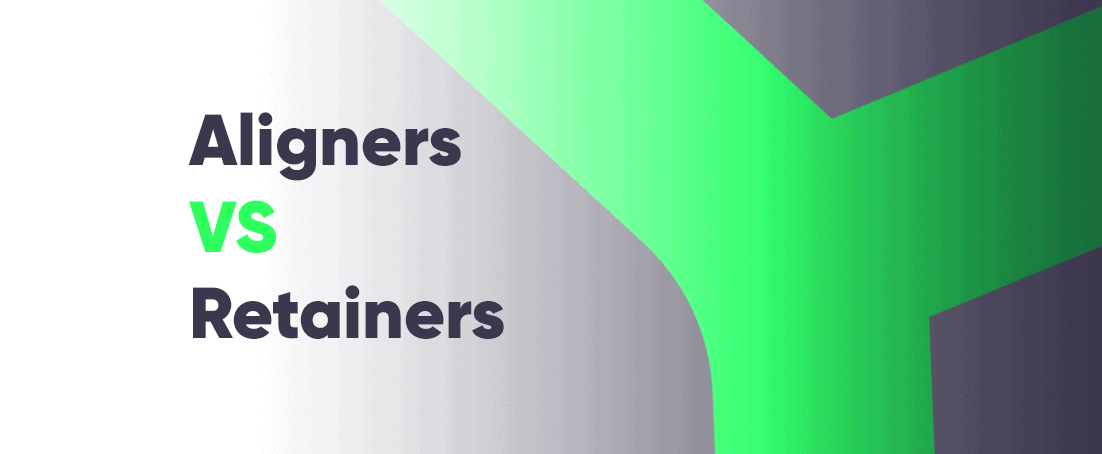
Both aligners and retainers play crucial roles in achieving and preserving a straightened smile, albeit at different stages of orthodontic treatment. Many scientific reviews conclusively demonstrate that retainers are very effective. Lead by this fact, many patients make the mistake of thinking they can achieve the same goals as aligners.
While it is true to some extent, mixing the purposes of the two might do more harm than good to your dental health. Discover the contrast between aligners and retainers in the following article. I will outline what both appliances are and the key differences between the two and will provide some great product recommendations.
What Are Aligners and Retainers?
Aligners and retainers serve distinct purposes in orthodontic treatment. Aligners are primarily used to straighten teeth and correct misalignments. They are custom-made, removable trays that gradually shift teeth into proper alignment by applying gentle pressure on the teeth. Aligners straighten the teeth by constant wear, typically 22 hours daily, and are switched every 7-14 days.
Retainers are meant to maintain the results achieved by braces or aligners. After orthodontic treatment, retainers help prevent teeth from shifting back to their original positions. In short, retainers are comfortable holders that keep teeth snug in their new, perfect positions after treatment. Think of aligners as movers and retainers as keepers!
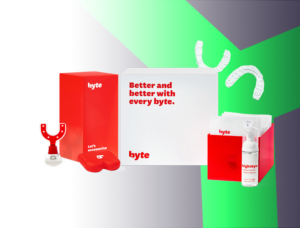
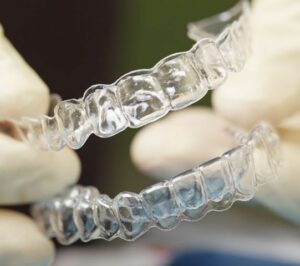
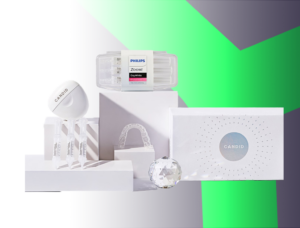
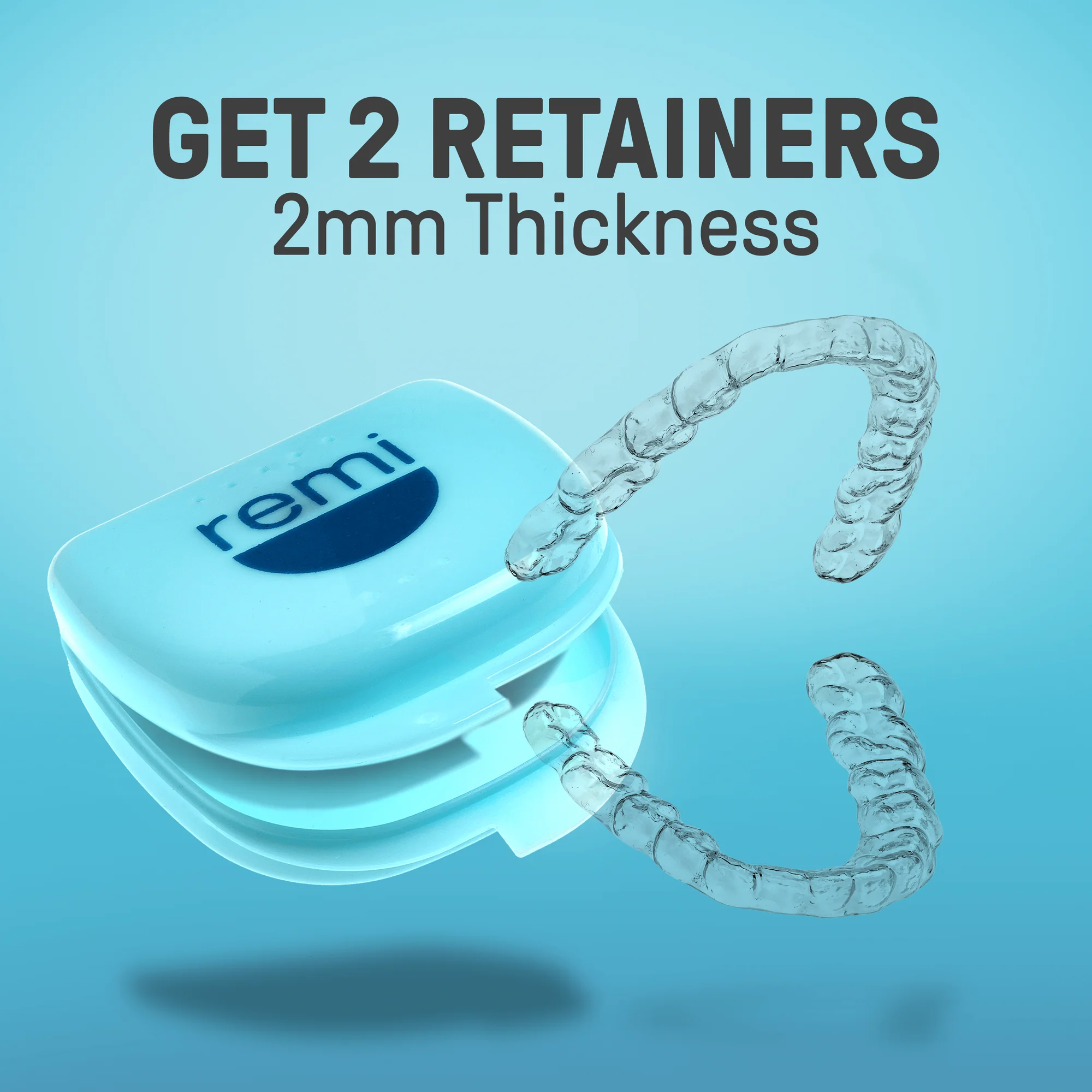
Aligners – The Teeth Straighteners
Aligners serve as discreet teeth straighteners, custom-made for individual mouths. Crafted from transparent plastic, they apply gentle and consistent pressure to shift teeth gradually into the desired alignment. Clear aligners are specifically designed to address misalignments, spacing issues, and mild bite problems.
Typically, aligners are worn for at least 22 hours a day, allowing for their effectiveness in repositioning teeth. Every 7-14 days, depending on the treatment plan, a new set of aligners is introduced to continue the progression. Each new tray slightly adjusts tooth positioning, continually nudging them closer to the intended alignment.
Orthodontic treatment using aligners is a gradual process, with each set of trays contributing to the incremental movement of teeth. The transparent nature of aligners offers a discreet and comfortable alternative to traditional braces, appealing to those seeking a less conspicuous method of teeth straightening.
Discover the advantages, characteristics, and a comprehensive comparison of the highly recommended Byte aligners in our detailed Byte Aligners review.
Retainers – The Teeth Stabilizers
Retainers are like gentle guardians for your teeth after braces or aligners, preventing them from moving back to their old spots. Aligners shape your smile, and teeth retainers protect them — helping teeth settle into their new positions. These handy devices act as molds, allowing your bones and ligaments time to adjust to the fresh alignment, ensuring your smile remains steadfast.
Some retainers, like the wire type retainers, use a mix of wire and acrylic or plastic to subtly nudge teeth into place. Other types of teeth retainers, like clear plastic molded retainers, are clear and made from a mold of your teeth, gently guiding them while being invisible. Then there are permanent retainers, which are fixed to the back of your teeth and provide a long-term solution.
Choosing the right retainer type depends on what you need and what your orthodontist recommends. Each type has its perks and drawbacks, but they all work to maintain your beautifully aligned teeth, preserving your stunning smile for the long haul. Our review of Remi dental retainers will guide you to make an informed choice.
The Key Differences Between Retainers and Aligners
Aligners and retainers differ significantly in function and design. While aligners actively reposition teeth by applying controlled pressure over a designated treatment period, retainers serve to maintain teeth in their corrected positions after orthodontic treatment. These devices vary in purpose, material, and duration of use, tailored to specific orthodontic needs.
Treatment goals: Movement vs. Maintenance. Aligners and retainers perform distinct roles in orthodontic treatment. Understanding how aligners move teeth reveals their mechanism. They apply gentle pressure, encouraging teeth to gradually shift positions. In contrast, removable or fixed retainers uphold the achieved alignment, preventing regression post-orthodontic treatment.
Design specifics: Customization and Material. Aligners are made from strong, flexible, and biocompatible medical-grade thermoplastics. Retainers, unlike aligners, offer various materials. Hard acrylic retainers are durable but less comfortable, soft thermoplastic ones are comfortable yet need frequent replacements. Wire-composite fixed options provide superior stability to teeth.
Duration of use: The duration of your aligner treatment spans from 3 to 18 months, requiring daily wear of 20-22 hours for effective results. Your orthodontist recommends how long should you wear a retainer. Most dentists recommend wearing them full-time for the first year after treatment, followed by nightly wear indefinitely to provide stability to the bone remodeling process and prevent relapse.
Adjustment frequency: Aligners guide your teeth to straightening with frequent updates. As teeth shift, you’ll swap to new trays every few weeks, adjusting the pressure to keep them on track. Retainers, on the other hand, are like the final destination signpost. Adjustments are rare once you reach your perfect smile, ensuring it stays put for a lifetime.
Visibility: When it comes to discretion, aligners reign supreme. Their clear, almost invisible trays blend seamlessly with your teeth. While some retailers, like clear and removable options, can maintain secrecy, traditional wire retainers might be a bit more evident.
Cost: The upfront cost of aligners, typically part of a treatment plan, reflects the active tooth movement they achieve. Compared to aligners, the cost of retainers is relatively less, as their function is to maintain alignment, not actively moving teeth.
Comfort and adaptation period: As aligners apply gentle pressure to nudge teeth into place, some discomfort and slight lisping are common. Wearing aligners may hurt a bit until your teeth adjust to them. Retainers, on the other hand, are more comfortable to wear and are like custom-made security blankets for your teeth.
Can I Use My Last Clear Aligner as a Retainer?
Using a clear aligner as a retainer isn’t recommended due to specific technical and functional differences between the two.
Aligners, made from a flexible material for tooth movement, need replacing every few weeks, while retainers, constructed from a sturdier material, aim for long-term stability. The force applied by the two also differs. Aligners gently move teeth, while retainers offer stronger, more rigid support to maintain alignment and prevent regression.
Another reason why using an aligner as a retainer isn’t advisable is that comfort levels differ for both. Aligners are convenient and removable but lack the enduring design of retainers, tailored to secure teeth in their corrected positions. Also, retainers are easier to clean compared to aligners.
While it might seem practical, using an aligner as a retainer isn’t suitable due to their differing compositions, strengths, hygiene requirements, and long-term capabilities. Following your orthodontist’s advice on wearing retainers is crucial for maintaining your corrected smile.
Clear Aligners vs. Retainers: Understanding the Visibility Factor
Clear aligners and retainers differ in their aesthetic impact due to their visibility. Aligners, being transparent, offer a nearly invisible treatment option, preferred for their discreetness during wear. Conversely, retainers, though available in clear variants, might include wires or attachments, potentially affecting their visibility.
This distinction often influences user preferences. Many opt for aligners due to their subtle appearance, allowing for a more confident and natural smile during treatment. However, both devices serve critical roles: aligners in active tooth movement and retainers in maintaining corrected alignment, with visibility being a significant consideration in users’ treatment choices.
Aligners and Retainers: Are They Interchangeable?
Aligners and retainers aren’t interchangeable as they fulfill distinct roles in orthodontic care. Aligners are used for teeth straightening treatment, while retainers maintain alignment after treatment. The materials differ too, as aligners use an elastic thermoplastic for movement, while retainers, custom-fitted to individuals, vary in materials like wire or acrylic.
Retainers are sturdier than aligners, ensuring lasting alignment. Adhering to orthodontist-prescribed retainer wear is crucial for sustaining corrected positions. Consequently, aligners’ intended function for tooth movement and retainers’ role in preserving alignment makes them non-substitutable in orthodontic treatment plans.
When to Switch from a Teeth Aligner to a Retainer?
Transitioning from aligners to retainers depends on treatment completion, adherence to the plan, and orthodontist advice. When orthodontic goals are met, typically indicating teeth reaching desired positions, a switch is advisable for maintaining alignment. Compliance with the treatment schedule, as directed by the orthodontist, signals readiness for this transition.
Crucially, orthodontist recommendations based on treatment progress dictate when aligners are no longer necessary, signaling the right time for retainer use. Deciding when to transition should be collaborative with your orthodontist, ensuring alignment achievement and long-term stability align with the switch to retainers.
Care and Maintenance: Ensuring Longevity
Maintaining aligners and retainers is vital for their durability. For aligners, rinse them regularly to prevent bacteria buildup, and use a soft-bristled toothbrush for gentle cleaning. Soaking aligners in a solution specifically designed for cleaning them helps maintain their transparency.
Retainers demand diligent care, requiring daily brushing with a toothbrush and mild soap, and avoiding hot water that can distort their shape. Keep retainers and aligners in their designated cases when not in use to prevent damage or loss. Explore our comprehensive aligner cleaning guide to ensure proper care and maintenance for their longevity.
Choosing What’s Best for You: Aligners or Retainers



Deciding which among the aligners and retainers is right for you requires understanding their distinct roles and limitations. Let’s dive into a comparative analysis to help you decide!
Aligners:
Aligners function by actively moving teeth to address mild to moderate misalignments such as crowding, gaps, and rotations. Renowned brands like Byte are known for their “Hyper Byte” for accelerated treatment and comfortable fit, as you can explore in our Byte aligners review.
Candid aligners, praised for their holistic “full arch” approach, also receive positive feedback, further mentioned in detail in our review of Candid aligners.
Choose aligners if:
- You have mild to moderate misalignment issues like crowding, gaps, or rotations.
- You want a discreet and comfortable alternative to traditional braces.
- You’re willing to commit to consistent aligner wear and follow-up appointments.
Different aligner brands offer varied features and treatment experiences. Researching our Byte, Candid, and AlignerCo review can help you understand factors like affordability, convenience, and treatment approach to make an informed decision.
Retainers:
Retainers maintain your already-straightened teeth after completing aligner treatment or traditional braces. They prevent teeth from shifting back to their original positions.
Consider retainers if:
- You’ve already completed aligner treatment or worn braces.
- You want to prevent relapse and maintain your straightened teeth.
- You’re looking for a cost-effective and convenient way to secure your smile.
Consulting a dentist or orthodontist is crucial to determine the most suitable option for your specific needs.
Consulting with Your Orthodontist for the Best Treatment
Consulting an orthodontist is pivotal for informed treatment decisions. Their expertise ensures personalized guidance, especially regarding aligners or retainers. They assess your dental needs, suggesting the best-suited option based on your alignment issues or post-treatment requirements.
Orthodontists consider factors like severity, treatment duration, and budget, offering tailored advice for optimal outcomes. Their insight into complex cases determines whether traditional braces might be more effective. A comprehensive discussion with an orthodontist helps you to choose the most suitable solution, ensuring a confident and aligned smile in the long run.
Aligning Your Dental Goals
From shifting to securing, aligners and retainers tackle different stages in the quest for a picture-perfect smile. Aligners actively shift teeth, addressing mild to moderate misalignments, while retainers maintain corrected positions after teeth straightening is achieved.
Seeking orthodontic guidance is crucial, ensuring personalized recommendations align with your dental needs. Professional orthodontists evaluate complexities, treatment durations, and budget constraints, aiding informed decisions. Following their counsel ensures optimal outcomes and prevents potential relapse.



